October 11, 2017
Traditional department-based office layouts reduce efficiency and collaboration, say bosses
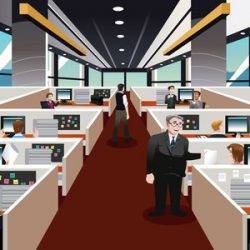
Nearly two thirds (64 percent) of senior executives say their offices are still structured on a traditional departmental basis, despite the fact that the majority of those polled in a recent survey (94 percent) believe project efficiency could increase significantly if they simply re-arranged their office seating plans to promote cross-departmental collaboration between team members. The new report Agile Ways of Working: The Great Leadership Disconnect from digital consultancy, Red Badger, claims that not only do these senior decision makers believe in the promotion of collaboration, but four out of five (81 percent) digital leaders in organisations who were additionally surveyed, strongly believed that an inflexible office layout actively led to delays in launching a product or service into the market or to customers. “Waterfall” ways of working (62 percent) and teams working on multiple projects at once (51 percent) were also among the most cited reason for delays in the past.




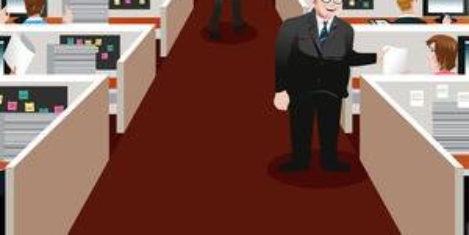
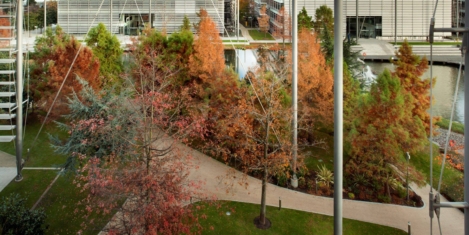
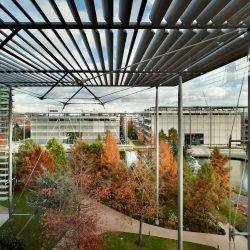

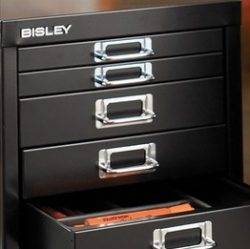


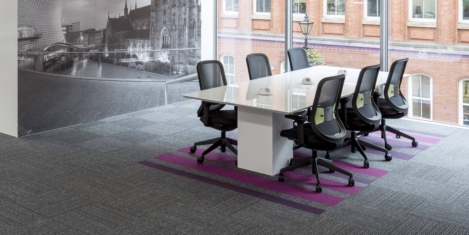
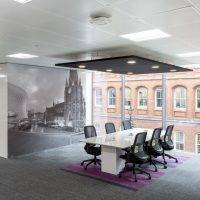

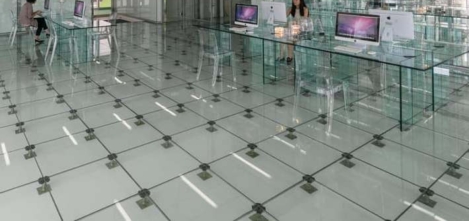

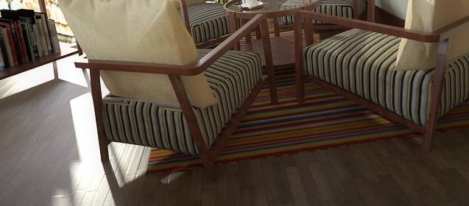
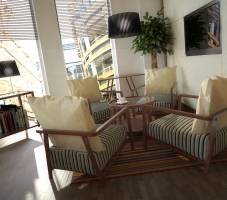
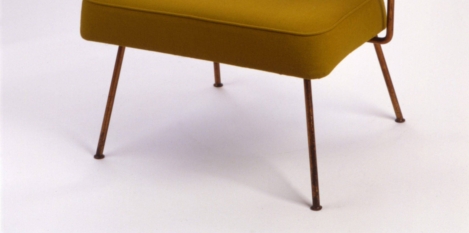









October 4, 2017
Convergence of work and life defines September London workplace design shows
by Paul Goodchild • Comment, Events, Flexible working, Furniture, Workplace design
(more…)